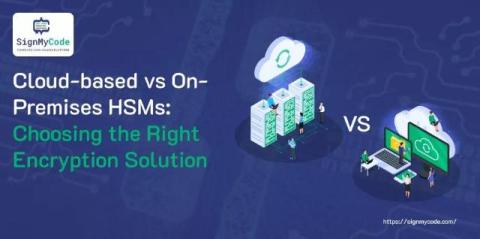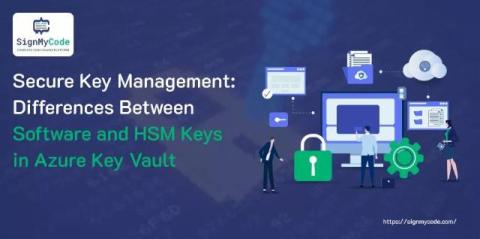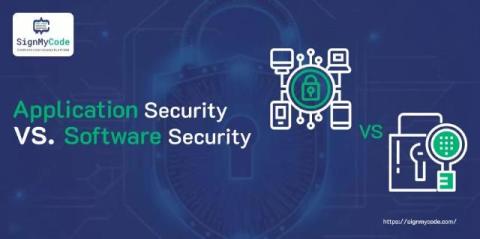Azure Administrator Roles and Responsibilities - How to Become an Azure Administrator?
An Azure administrator is an IT specialist who administers, monitors and maintains the Microsoft Azure cloud services and resources. This role encompasses tasks that include deployment and configuring Azure virtual machines and other Azure services, which include databases, storage accounts, and others. It also ensures that the services are secured, performant, and available.











